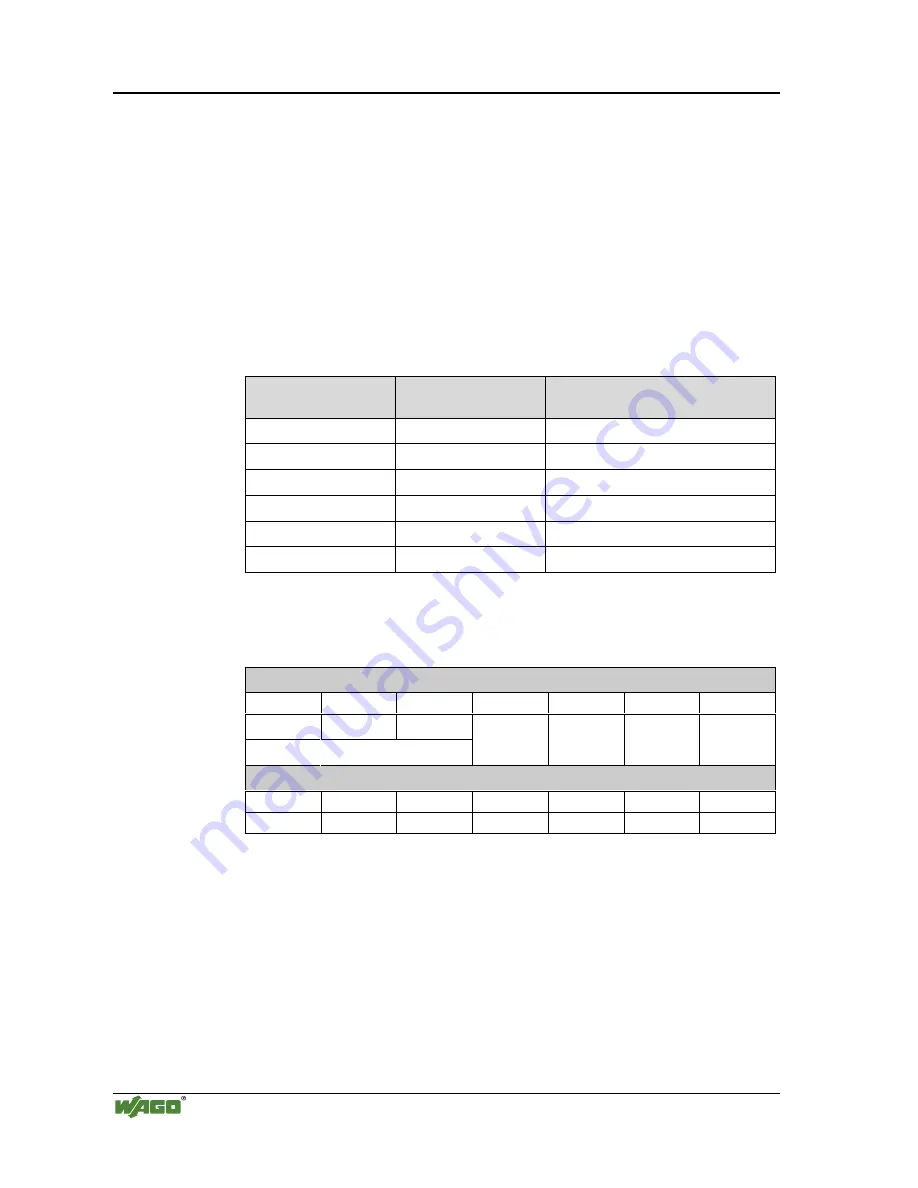
308 • Application in Explosive Environments
Modular I/O System
ETHERNET TCP/IP
8.3.4 Temperature
classes
The maximum surface temperature for electrical components of explosion
protection group I is 150 °C (danger due to coal dust deposits) or 450 °C (if
there is no danger of coal dust deposit).
In line with the maximum surface temperature for all ignition protection types,
the electrical components are subdivided into temperature classes, as far as
electrical components of explosion protection group II are concerned. Here the
temperatures refer to a surrounding temperature of 40 °C for operation and
testing of the electrical components. The lowest ignition temperature of the
existing explosive atmosphere must be higher than the maximum surface tem-
perature.
Temperature classes
Maximum surface
temperature
Ignition temperature
of the combustible materials
T1
450 °C
> 450 °C
T2
300 °C
> 300 °C - 450 °C
T3
200 °C
> 200 °C - 300 °C
T4
135 °C
> 135 °C - 200 °C
T5
100 °C
>100 °C -135 °C
T6
85°C
> 85 °C - 100 °C
The following table represents the division and attribution of the materials to
the temperature classes and material groups in percent:
Temperature classes
T1
T2
T3
T4
T5
T6
Total
*
26.6 %
42.8 %
25.5 %
94.9 %
4.9 %
0 %
0.2 %
432
Explosion group
IIA
IIB
IIC
Total
*
80.2 %
18.1 %
0.7 %
436
*
Number of classified materials
















































